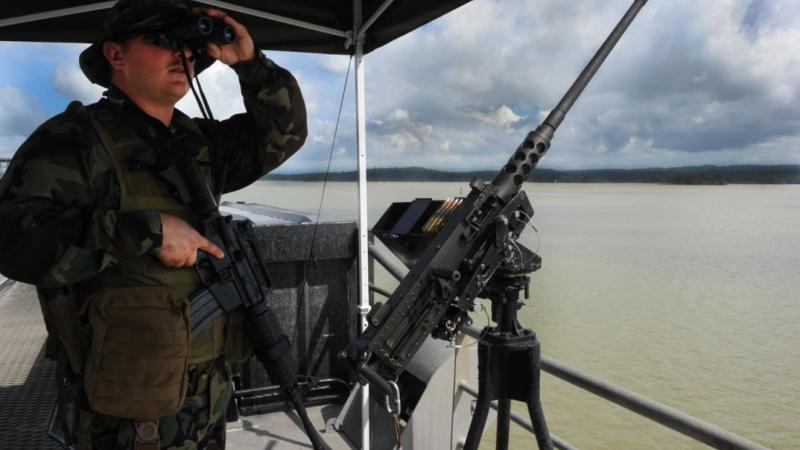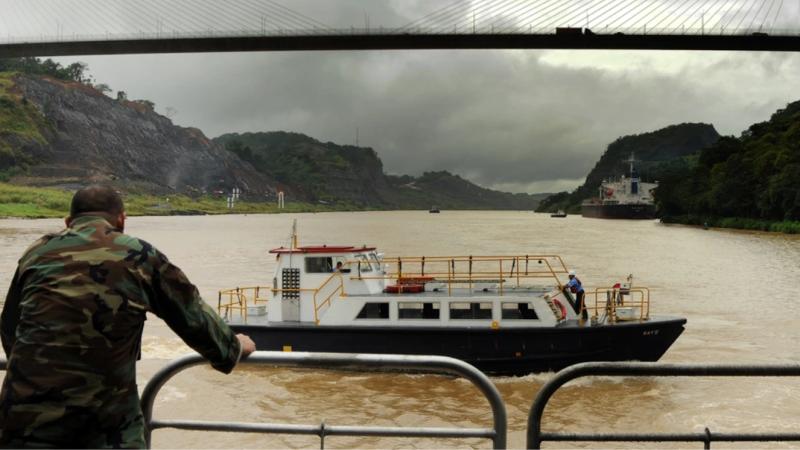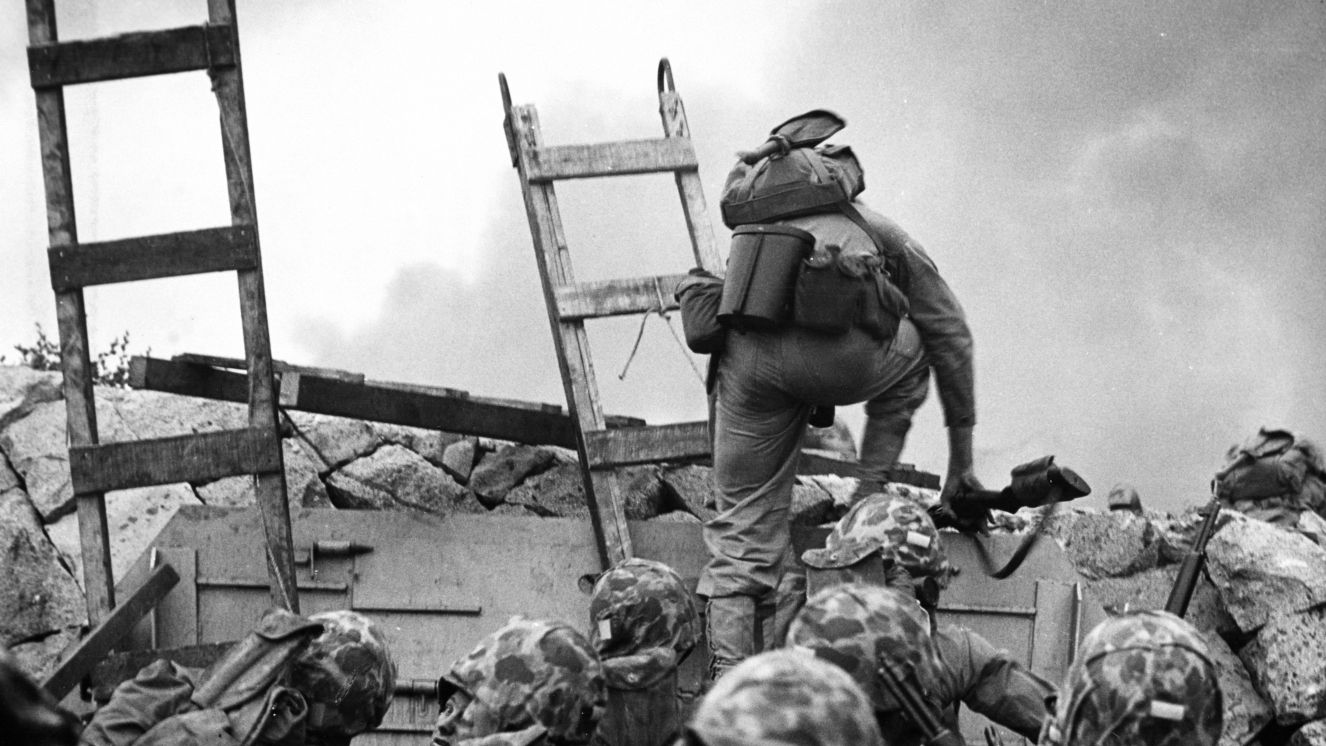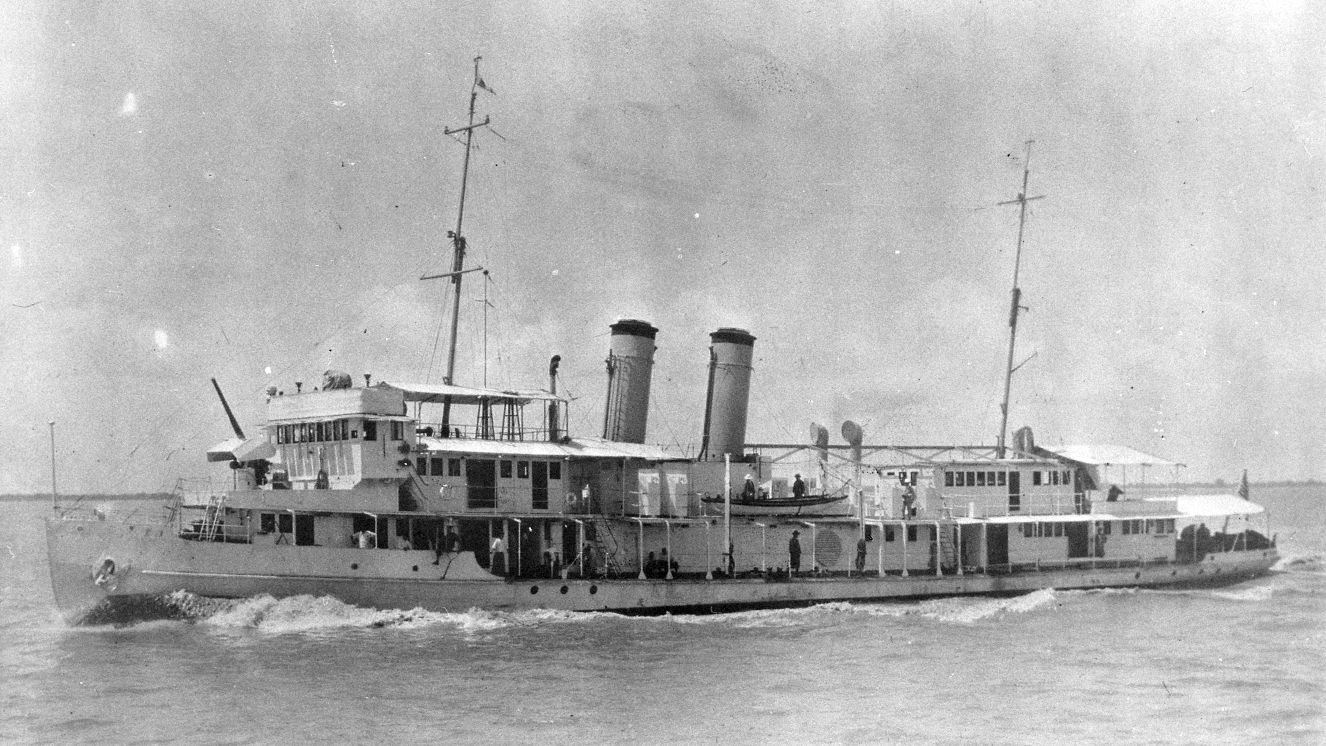PENTAGON TO EXPLORE MILITARY OPTIONS FOR PANAMA CANAL ACCESS

What began as rhetoric is playing out before Americans in real time. President Donald Trump has been very vocal about controlling the Panama Canal, taking over Greenland, adding Canada to the United States, and much more. This could be done economically, through military force, or a combination of the two. Tariff wars are raging, tensions are getting tighter, the United States is clearly shifting its focus, and now, The Pentagon is being instructed to provide the military options for maintaining American access to the Panama Canal.
Donald Trump and Panama Canal Military Strategy
Donald Trump made headlines with his ideas about the United States controlling the Panama Canal because of increased fees.
One of the most important trade routes for our supply chain, Trump has expressed dismay about the U.S. giving up control; however, it’s not as simple as moving Americans back in place.
Panama’s President José Raúl Mulino is not a fan of the idea and believes the comments are dismissive of the nation’s sovereignty.
However, Trump is adamant about the Central American ally following the terms and conditions of the Panama Canal Treaty of 1977, calling for consequences otherwise.

President José Raúl Mulino Won’t Budge
Despite Trump’s strong words about the Panama Canal, Panama’s President Mulino doesn’t plan to give up control, stating that “every square meter of the canal belongs to Panama and will continue to belong” to his country.
Mulino has defended the increase in fees as the cost of operations has risen in recent years for a number of reasons, including complex supply-demand dynamics.
Furthermore, Mulino emphasized that Panama independently expanded the canal to boost traffic with fee increases and funding improvements.
A drought in 2023 bled into 2024, affecting the Panama Canal and the costs of operating it. Specifically, man-made Gatún Lake provides the canal’s water and reached the lowest-ever levels on record for the body of water in January.
Trump would respond on Truth Social, declaring, “We'll see about that!" While also posting a picture of an American flag in the canal, antagonizing the country online.
Why the U.S. No Longer Controls the Panama Canal
The Panama Canal, built by the U.S. in the early 1900s, facilitates commercial and military transit between coasts.
Control was fully transferred to Panama in 2000 under a 1977 treaty signed by President Jimmy Carter, following tensions and protests over U.S. governance.
Still, the partnership between the United States and Panama involving the canal remains very important for American interests as the waterway handles $270 billion in cargo annually, including 40% of U.S. container traffic.

Military Significance of the Panama Canal
The Panama Canal has been a critical strategic asset for the military since its completion in 1914. Its geographic location and design made it a vital resource for global military operations, particularly for the United States.
Significantly, the Canal provided the U.S. with strategic mobility, allowing ships to transit quickly between the Atlantic and Pacific Oceans, significantly reducing travel time compared to navigating around the southern tip of South America.
Secondly, the canal serves as a logistical hub, facilitating the transport of troops, equipment, and supplies. During World War II, it was critical for moving warships and cargo between theaters of operation.
During the Cold War, the canal was a key element in deterring Soviet influence in Latin America and ensuring quick naval movement in case of hostilities.
In the modern day, the canal has been integral for naval dominance, allowing fleets to respond flexibly to threats in both oceans. It also supports operations involving submarines, carriers, and other vessels, enhancing maritime security.
The canal was handed over to Panama in 1999. However, it remains strategically important for global military logistics. Agreements ensure that its neutrality and accessibility are maintained.
Pentagon's Military Options for Panama Canal Access
Controlling the Panama Canal has proved itself useful from a military standpoint, specifically during the Cold War era, and Donald Trump is now looking into "credible military options" to ensure American interests are maintained in the region.
This is a notable shift in military policy coming after increasingly hostile rhetoric over the major trade route.
President Trump's ultimate goal is to ensure unrestricted U.S. access to the Panama Canal by countering China's influence, improving border security, and reinstating more influence throughout the Western Hemisphere.
At first, the President-elect didn’t give specifics, despite making such bold statements. When asked about ruling out military action to take the Panama Canal, Trump responded, “I’m not going to commit to that. It might be that you’ll have to do something. The Panama Canal is vital to our country.”
It felt outlandish to believe that military action could be taken, and even legal action against our ally would have been a bit shocking.
However, things move fast and loose these days in the world of politics, and when given an opportunity to take an international conflict off of the table, Trump did anything but that.
In a memo to The Pentagon, other notable changes to military policies are stated, including a reduction in American troops throughout Europe as the President tries to have NATO's other members take on a larger role, including dealing with the ongoing European war.
Despite these notions, there are still intentions to gain control of Greenland.
“We need Greenland for national security purposes," said Trump.
Furthermore, support for Israel, along with improving relations with other Middle Eastern nations, is still on the table.
This strategic shift is expected to shape the upcoming defense budget and could have significant implications for U.S. global military commitments.
Especially seeing as Greenland is an autonomous territory to our ally Denmark, the shift in NATO and overall global military focus continues to be something to keep an eye on.
In addition to Donald Trump potentially seizing the Panama Canal and his potential ambitions involving Greenland, the President-elect has expressed interest in renaming the Gulf of Mexico as the Gulf of America while also adding Canada through economic efforts, forgoing a militaristic approach.
Suggested reads:
BY BUDDY BLOUIN
Buddy Blouin is a Contributing Writer at VeteranLife.com
Buddy Blouin is a Contributing Writer at VeteranLife.com



